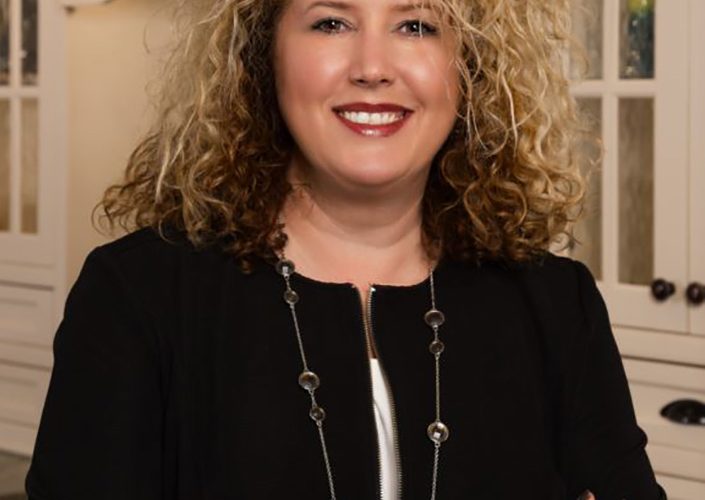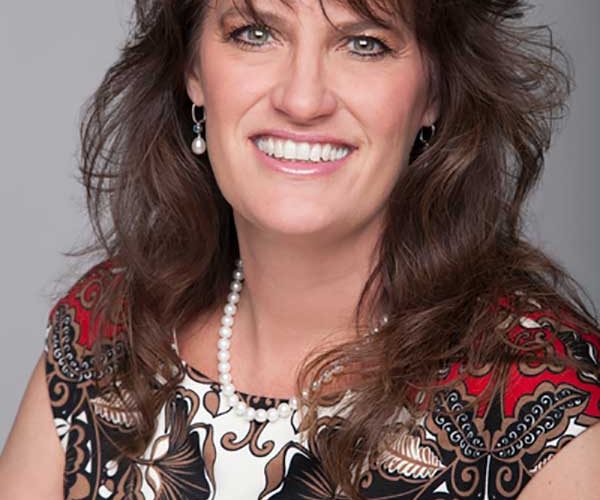client satisfaction
Ep.76: Production in Insurance Restoration with Mike Carey
Restoring a home after a catastrophe like a fire or flood is fairly specialized, not something most remodeling companies do. There are different challenges, like dealing with insurance companies and payouts, so these companies have different perspectives on production.
Mike Carey has worked in insurance restoration for 25 years, as well as doing residential remodeling and commercial contracting, giving him a unique viewpoint.
In this episode, Mike talks to Tim and Steve about the differences — and similarities — in production when restoring a client’s home versus standard remodeling, and what to do to get started in this part of the industry.
Mike’s company, Carey Contracting, is located in Michigan’s Upper Peninsula. In business for 35 years, Carey Contracting has 15 employees. Carey has been involved in insurance restoration work for 25 years, and there are years where insurance restoration produces more than 50 percent of the company’s volume.
Mike went to school to learn what an insurance adjuster knows when he started out in the restoration business. Since then, the company has made a name for itself in the insurance restoration business. He says the restoration can be wonderfully rewarding work. Mike talks about the process of working with insurers and clients, and getting your team up to speed, including:
- Working with adjusters
- Project time frames
- Working through the clients’ stresses
- Demolition and discovery
- Billing for restoration work
- The critical need for proper documentation
- Insurance vs. “as built”
- Remaining objective
- Creating a buffer between the insurer and the homeowner
- Dealing with code improvements and policies
- And more …
If you’re interested in pursuing insurance restoration, Mike says, you’ll need software that’s compatible with what insurance companies use and get training in fire, smoke, and water damage restoration.
Ep.69: Hitting Monthly Goals with Aaron Enfinger
Making sure you can hit your monthly revenue goals is key to a healthy bottom line. First, there has to be a plan and intention to hit those marks.
In this episode, Aaron Enfinger tells Tim and Steve about setting revenue and production goals, how to hit them, and why it helps prevent cash-flow problems.
Aaron is the general manager at The Cleary Company in Columbus, OH. In early 2017, he assumed the role of General Manager to address managerial needs The Cleary Company was experiencing, due to their pace of growth.
He starts his goal-setting process with a spreadsheet, and drills down from the yearly goal to the weekly numbers the company needs to produce to hit its revenue numbers. Then he works with his production manager and office manager to carry the plan through. Aaron gives you great ideas about how you can do this in your own company, including:
- Designing your production department to handle your goals
- Why weekly number will fluctuate
- What sets off alarm bells in the pipeline
- Scheduling to smooth out seasonal differences
- How job schedules relate to the master schedule
- Setting up incremental milestone draws in a job
- How often to evaluate your financials
- Setting expectations with clients at the beginning of the project
- Focusing your production team on their goals
- Why a cloud-based project management system saves time in invoicing
- And more …
Aaron also talks about how he found and used a powerful tool on LinkedIn to identify and recruit the company’s new production manager — from The Bahamas.
Click the link for the downloadable copy of Aaron’s Excel file.
Ep.63: Getting Selections Done Before the Job Starts with Tanya Donahue
Developing a system that makes your kitchen and bath jobs more profitable has to include getting those all-important selections done early in the process — before the job even starts.
Tim does a session on this, and it’s based on what he learned from Rhode Island Kitchen & Bath, in Warwick, RI.
In this episode, Tanya Donahue discusses that process with Tim and Steve, and why it results in exceptional client experiences, and make everyone in the company happy and more productive.
Tanya is the president of Rhode Island Kitchen and Bath, and provides her team and her clients with proven strategic capabilities, backed by her strong record of success. She’s spent more than 25 years in the home building and remodeling industry, and her main focus is to create, communicate, and implement the organization’s vision, mission, and overall direction. Tanya is a member of the Rhode Island Builders Association, served as co-chair of the Remodeler’s Committee and is a former member of the board of directors. She was selected as a 2017 Industry panelist for Harvard University’s Joint Center on Housing Studies, and was a judge of the 2018 National Qualified Remodeler Design Awards. She was also the recipient of the 2017 ProRemodeler Extreme Sales Award.
At the company, when a job packet goes to production from sales, it has every selection made, right down to the color and manufacturer of the caulk to be used. So much money is lost when something is missing on the job. If your company isn’t doing it this way, Tanya says, it may seem overwhelming, but she tells you how to get your organization on board with making selections before the job starts, including:
- Making the client the boss, sort of
- Getting buy-in from sales and design
- How it increases productivity in design and sales
- Including photos in the job packet for easy identification on site
- Starting with the must-haves
- Controlling the client through education in the process
- Figuring out how clients make decisions
- Why cabinets can drive their start date
- Starting with a reservation form, and using it as a reality check on the schedule
- The power of the visual production board
- How to do it without a showroom
- And more …
Integrating sales and production in a continuous communication loop from start to finish is key to the whole process.
Ep.62: Hitting a Schedule Every Time with April Bettinger
Hitting a schedule every time in construction is possible if you pay proper attention to planning and have a purposeful attitude.
In this episode, April Bettinger joins Tim and Steve to talk about the best practices and the common pitfalls to avoid when creating and managing an on-time project that ends with delighted clients.
April is the founder and owner of Nip Tuck Remodeling in Snohomish, WA. For more than 30 years, she’s carved out a respected niche in the construction industry. Her father was a custom homebuilder, so April grew up watching and learning about excellent customer service, and what it takes to build a high-quality project. April has held key roles in finance, budgeting, customer service, team building, and sales management — preparing her to own and operate her own company. Nip Tuck Remodeling was founded in 2010, with a vision and determination to create a construction company with extraordinary craftsmanship and a focus on professionalism. Nip Tuck was named a Big50 remodeler in 2018, and ranked the No. 50 Fastest Growing Private Company in 2018 by the Puget Sound Business Journal.
April and her estimator create the master schedule, then it’s turned over to the production manager, who is responsible for creating and managing the job schedules on BuilderTrend. One huge factor in staying on track once you’re in production is getting the schedules done and materials ordered a month before the project starts. She talks about why that works, and other aspects of keeping your jobs on schedule, including:
- Why the project manager has to create and own the schedule
- How to break the details down and work with them
- Setting pivotal goals for each week in the schedule
- Using goals for client satisfaction
- Helping everyone buy in to the system
- How much time it takes to pre-plan
- Why you should make the time investment
- How sales and design affect the schedule
- Handling change orders in the schedule
- Getting clients to think ahead during selections
- Building in reasonable wiggle room
- Leaving nothing TBD
- Handling design changes and heading them off
- Beating weather challenges in the schedule
- How to deal with damaged materials
- And more …
If you believe you can hit project schedules, you can. If you think it will never happen, it won’t. It’s all about the attitude.
See April Speak at the Annual Remodeler’s Summit
We’re thrilled that April Bettinger will be speaking at the 2019 Remodeler’s Summit, on September 24-25, in Orlando:
To learn more the Summit event and our line-up of other great speakers, go to Remodelerssummit.com!














